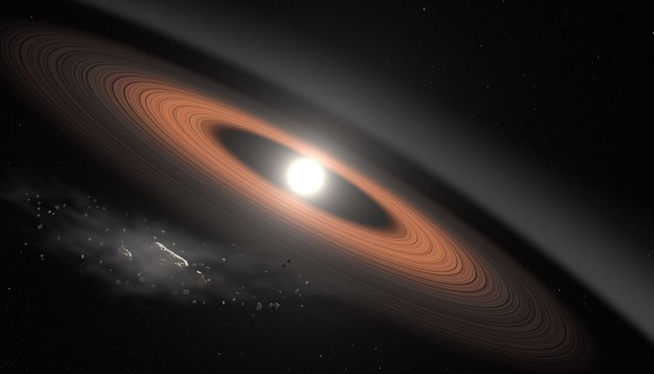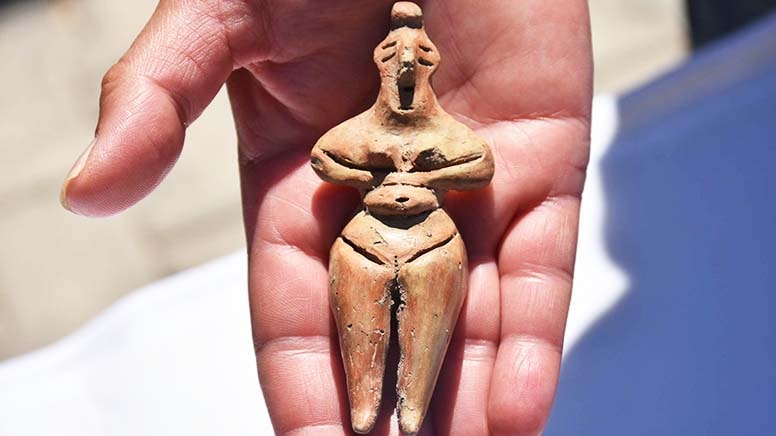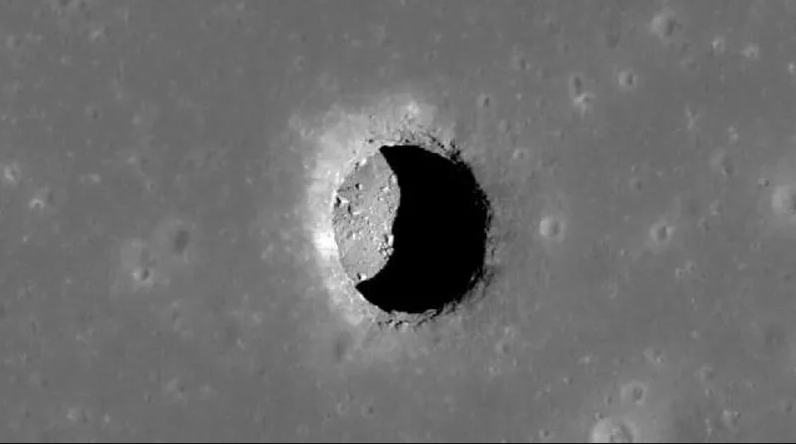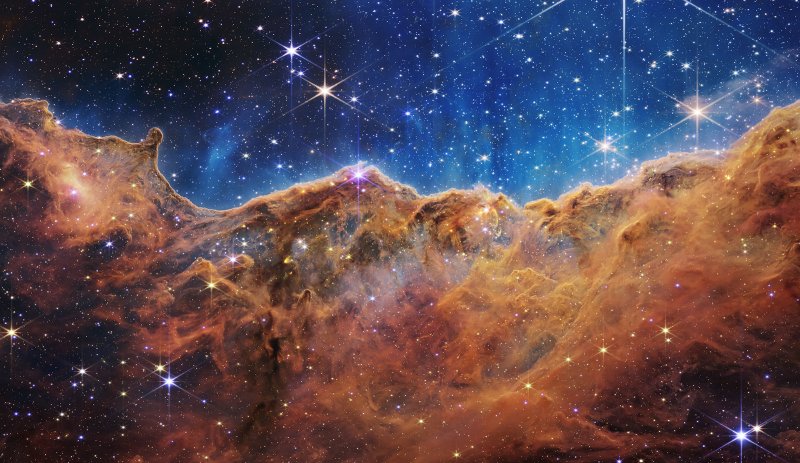
- A-
- A
- A+
Astronomers have found ideal systems for finding life
Very soon, powerful new-generation telescopes, such as the long-awaited James Webb Space Telescope (JWST), will begin to detect biosignatures in the atmospheres of exoplanets. If oxygen, methane, nitrous oxide and ozone are detected, it will be possible to claim that there is life on them.
Thea Kozakis of Cornell University, lead author of the study, High Resolution Spectra and Biosignatures of Earth-Type Planets Orbiting White Dwarfs, is confident that we are most likely to find life near dead stars.
White dwarfs are considered the remnants of stars, but they continue to shine and remain stable for billions of years, emitting stored thermal energy and heating their planets. Stability, light and warmth - what else is needed for life, except for a suitable planet?
Similar News
Links




 Elm TV
Elm TV
 Photo
Photo
 Video
Video





